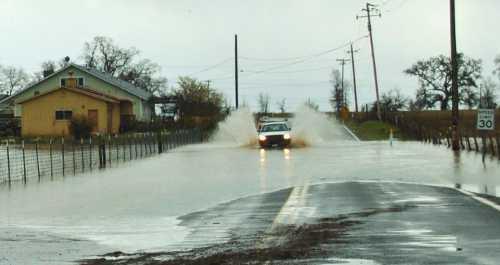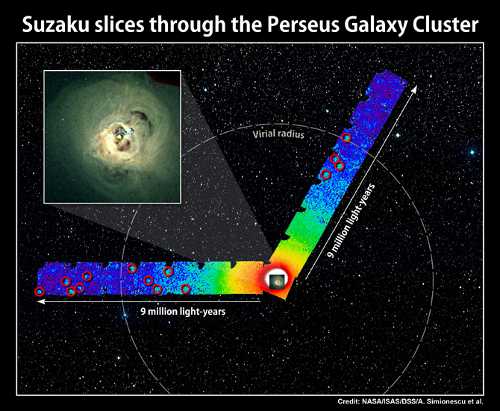
Snow peas (on left) have a characteristically flat pod, while snap peas are plumper and rounder. Both have edible pods. Photo by Esther Oertel.
Peas may qualify as the cutest vegetables on the planet. Snuggly and sweet in their little pod home, they’re like a happy family nestled together.
I love peas in this form, and have wonderful childhood memories of sitting on my grandmother’s porch helping her shuck them from the shell. Every other pea went into my mouth, of course, as they were so tender and sweet.
It’s a bit difficult to find fresh garden peas in one’s local supermarket (at least that’s been my experience), probably because both their shelf life and their season are short.
Other types of peas are sold fresh – snap peas and snow peas, for example – but the English peas that one can shuck fresh from the shell are elusive. (Garden peas are also known as English peas – the names are interchangeable.)
Farmers’ markets in our area begin in May, and since peas are a cool weather crop, it’s possible that some local farmers will have garden peas available early in the season. They’re certainly worth seeking out.
Those who remember middle school biology may associate peas with 19th century Austrian monk and scientist, Gregor Mendel, whose observations of the traits of pea plants laid the foundation for the modern-day study of genetics.
The pea, a springtime legume grown on climbing vines, has the botanical name pisum sativum. Like the tomato, it is considered a fruit for botanical purposes since the pods contain seeds that were developed from the ovary of a flower; however, also like the tomato, it’s considered a vegetable for culinary purposes.
Its ancestor, the wild pea, also known as the field pea, is found in the Mediterranean basin and in the Near East.
Along with broad beans (known in the U.S. by their Italian name, fava beans) and lentils, peas have been an important part of the diet of most people in the Middle East, North Africa, and Europe during the Middle Ages.
New cultivars were developed in English gardens during this time, eventually becoming the English or garden pea we know today. Peas are said to have staved off a famine in England in 1555.
For millennia, dried peas were the way people consumed this legume. In the 17th and 18th centuries, particularly in France and England, it became popular to eat peas “green,” that is, when they were immature and just after they were picked. This was made possible by the more tender varieties of peas that had been developed by that time.
The popularity of green peas spread to North America, and Thomas Jefferson grew more than 30 cultivars on his estate.
If cooking fresh green peas, do so only briefly to minimize the loss of color and flavor. Depending on size, they should be boiled no more than ten minutes. If braising or steaming them, they may be nestled between two wet lettuce leaves to maintain their tenderness.
Butter and fresh mint are wonderful accompaniments for simply cooked fresh peas, and cooking sliced celery with them is an old-fashioned classic.
Peas are popular in varied cuisines around the world. In China, pea sprouts are used in stir fried dishes, and pea leaves are considered a delicacy.
Fresh peas are paired with curried potatoes in India to make a dish known as aloo matar, and with paneer, a fresh, non-melting cheese, in matar paneer.

Dried split peas come in green (shown here) and yellow. Photo by Esther Oertel.
In Greece, Turkey, Cyprus, and other parts of the Mediterranean region, peas are stewed with meat and potatoes, similar to their use in Europe and North America.
Peas are roasted and salted for snacks, sometimes with a spicy flavor such as wasabi, in Japan, China, Taiwan, Thailand and Malaysia.
In the U.K., a dish made with mashed, rehydrated dried peas known as “mushy peas” is a favorite, and “pease pudding” is an ancient, traditional dish made with dried yellow peas. (Pease pudding is also known as “pease porridge,” made famous by the nursery rhyme which goes, “Pease porridge hot, pease porridge cold, pease porridge in my pot, nine days old.”)
Snow peas and snap peas, easily found fresh in markets, are intended to be eaten with their shell intact. The French have a term for such peas. Mangetout is French for “eat all” and applies to both snow and snap peas.
Snow peas are one of the earliest known cultivated plants, with evidence, according to Wikipedia, of having been cultivated some 12,000 years ago in an area that’s now along the Thailand-Burma border.
The name may come from their tendency to grow at the end of winter, just before the last spring freeze. They can be covered with snow during these times but still keep growing well, hence the name.
Snow peas are eaten in their shells before they’re fully ripe. A delicately-flavored and tender pea, its shell is flatter than the rounded shell of other peas. The green shoots of the snow pea may also be cut and served as a vegetable, often done in Chinese cooking.
Snap peas, like snow peas, are an edible-pod pea, except their pods are plumper and rounded. They have a sweet taste (spawning their other moniker, sugar snap peas) and a crunchy texture.
Snap peas are similar to the garden pea in looks; however, the pod is less fibrous and edible when young. As well, they don’t have a membrane and do not open when ripe, as garden peas do.
I prefer eating snow or snap peas out of hand or fresh in salads; however, they’re often lightly cooked in Chinese stir fried dishes. They may also be boiled or steamed until tender, for about six minutes.
Since garden peas do not keep well in the pod, it’s recommended that they be shucked (removed from their pod) within 12 hours after harvesting, and within three or four hours is best.
Fresh peas that have been removed from the pod may be stored for four or five days in the fridge, provided they are stored in an environment that is not air-tight, such as a loosely-closed or perforated bag.
Shucked garden peas or whole snow peas may be preserved by freezing; however, blanch them first.
I am not partial to commercially frozen vegetables; however, for me, frozen peas are an exception. I always have a bag or two in my freezer so they’re available to throw into stews, soups, or stir-fries. I don’t feel the taste of dishes is compromised by their use.
With continued rain and cold in our forecast, one of my favorite soups comes to mind, split pea.
The use of dried peas to make soup is a time-honored tradition going back many centuries in a wide variety of places around the globe.
Most northern and middle European countries have a version of pea soup. In Germany, instant pea soup was manufactured as early as 1889, and the Swedes have an ancient version called artsoppa, which actually predates the Vikings.
In India, pea soup is known as dal (or dahl). North Africans make pea soup, as do Russians, Iranians and Iraqis.
While the use of split peas (dried peas which have been mechanically split) is widespread and common, whole dried peas have a history dating back 10,000 years. Like dried beans, whole dried peas must be soaked prior to cooking. After soaking, they become tender after one to two hours of boiling.
Split peas, found in both green and yellow, do not have to be soaked and generally become tender after one to one and a half hours of simmering. One note: they’re not recommended for pressure cooking, as the foam created by cooking them can gum up the safety and pressure valves.
Green peas are an extremely low-fat food; however, the fats they do contain are impressively nutritious. They’re a reliable source of omega-3 and omega-6 fats, as well as linoleic acid. The high-quality fat in peas provides sizable amounts of beta-carotene and small but valuable amounts of vitamin E.
Peas are a good source of protein and fiber, and contain more than 80 nutrients, including stores of vitamin K, vitamin C, and a variety of minerals and B vitamins. Consumption of at least three cups of legumes is recommended for good health and prevention of disease by a number of national health organizations, and peas are one way to meet this goal.
Peas are an environmentally friendly food in that pea crops provide the soil with important nitrogen, and rotation of peas with other crops has been shown to reduce pest problems.
Another environment boon is that pea starch is one of those used in the bioplastics industry to make plastic from renewable natural starches.
Today’s recipe, Tarragon Pea Soup, is from “The New Basics Cookbook” by Sheila Lukins and Julee Rosso. Their first cookbook, “The Silver Palate” – one of my favorite classics – kindled an interest in at-home gourmet cooking in the 1980s.
The soup is made with frozen peas and dried tarragon, but fresh garden peas and fresh tarragon may be substituted if you have them. (Just be sure to triple the amount of tarragon and finely chop it if using fresh.) Enjoy!
Tarragon pea soup
4 tablespoons (1/2 stick) unsalted butter
1 onion, coarsely chopped
2 large clove garlic, chopped
4 cups chicken or vegetable stock
1-1/2 pounds frozen sweet peas
1 large potato, peeled and quartered
¼ teaspoon cayenne pepper
½ teaspoon freshly ground black pepper
2 tablespoons dried tarragon
Melt the butter in a heavy saucepan over low heat. Add the onion and garlic, and cook gently until wilted, 10 minutes.
Add the stock and potato; bring to a boil. Reduce the heat and cook until the potato is just tender, about 15 minutes.
Add the peas, cayenne, and black pepper, and return to a boil. Then remove the pan from the heat and stir in the tarragon. Allow the soup to cool for 10 minutes.
Process the soup, in batches, in a food processor or blender until smooth. Pour the soup through a fine sieve or a food mill to remove any pieces of skin.
Makes six cups.
Esther’s note: Using a hand-held immersion blender is another method of pureeing the soup.
Esther Oertel, the “Veggie Girl,” is a culinary coach and educator and is passionate about local produce. Oertel teaches culinary classes at Chic Le Chef in Hidden Valley Lake, Calif., and The Kitchen Gallery in Lakeport, Calif., and gives private cooking lessons. She welcomes your questions and comments; e-mail her at This email address is being protected from spambots. You need JavaScript enabled to view it..
Follow Lake County News on Twitter at http://twitter.com/LakeCoNews , on Facebook at http://www.facebook.com/pages/Lake-County-News/143156775604?ref=mf and on YouTube at http://www.youtube.com/user/LakeCoNews .
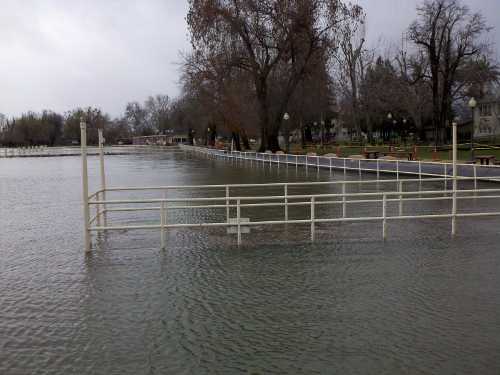
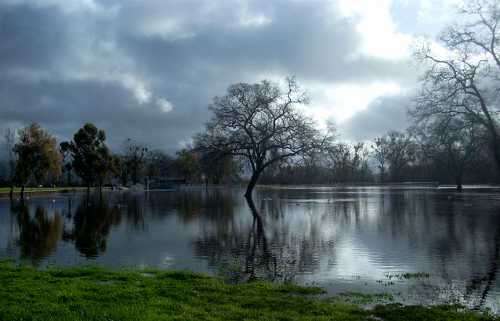
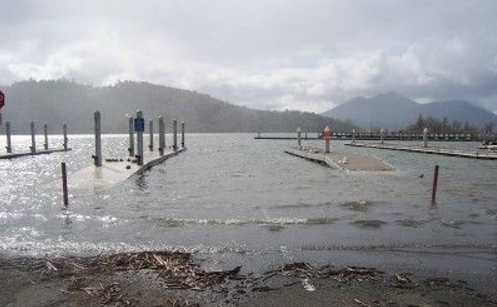
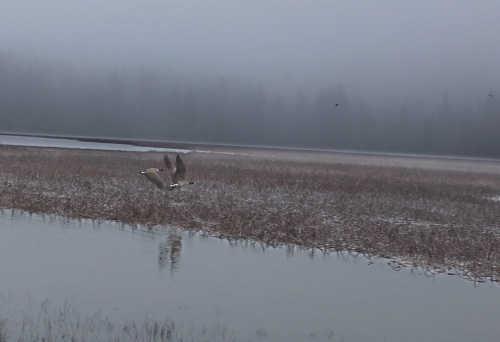

 How to resolve AdBlock issue?
How to resolve AdBlock issue? 


